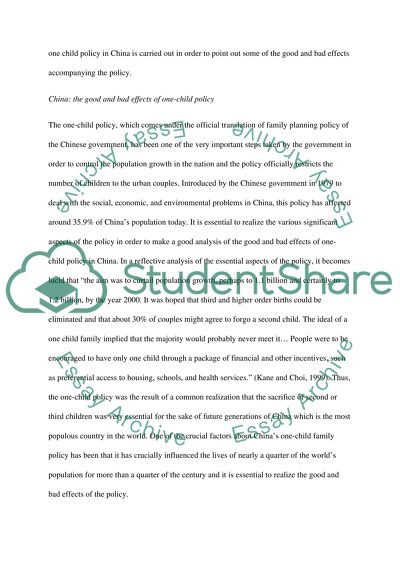Cite this document
(The One-Child Policy of China Essay Example | Topics and Well Written Essays - 2250 words, n.d.)
The One-Child Policy of China Essay Example | Topics and Well Written Essays - 2250 words. https://studentshare.org/social-science/1514535-china-the-onechild-policy
The One-Child Policy of China Essay Example | Topics and Well Written Essays - 2250 words. https://studentshare.org/social-science/1514535-china-the-onechild-policy
(The One-Child Policy of China Essay Example | Topics and Well Written Essays - 2250 Words)
The One-Child Policy of China Essay Example | Topics and Well Written Essays - 2250 Words. https://studentshare.org/social-science/1514535-china-the-onechild-policy.
The One-Child Policy of China Essay Example | Topics and Well Written Essays - 2250 Words. https://studentshare.org/social-science/1514535-china-the-onechild-policy.
“The One-Child Policy of China Essay Example | Topics and Well Written Essays - 2250 Words”. https://studentshare.org/social-science/1514535-china-the-onechild-policy.


